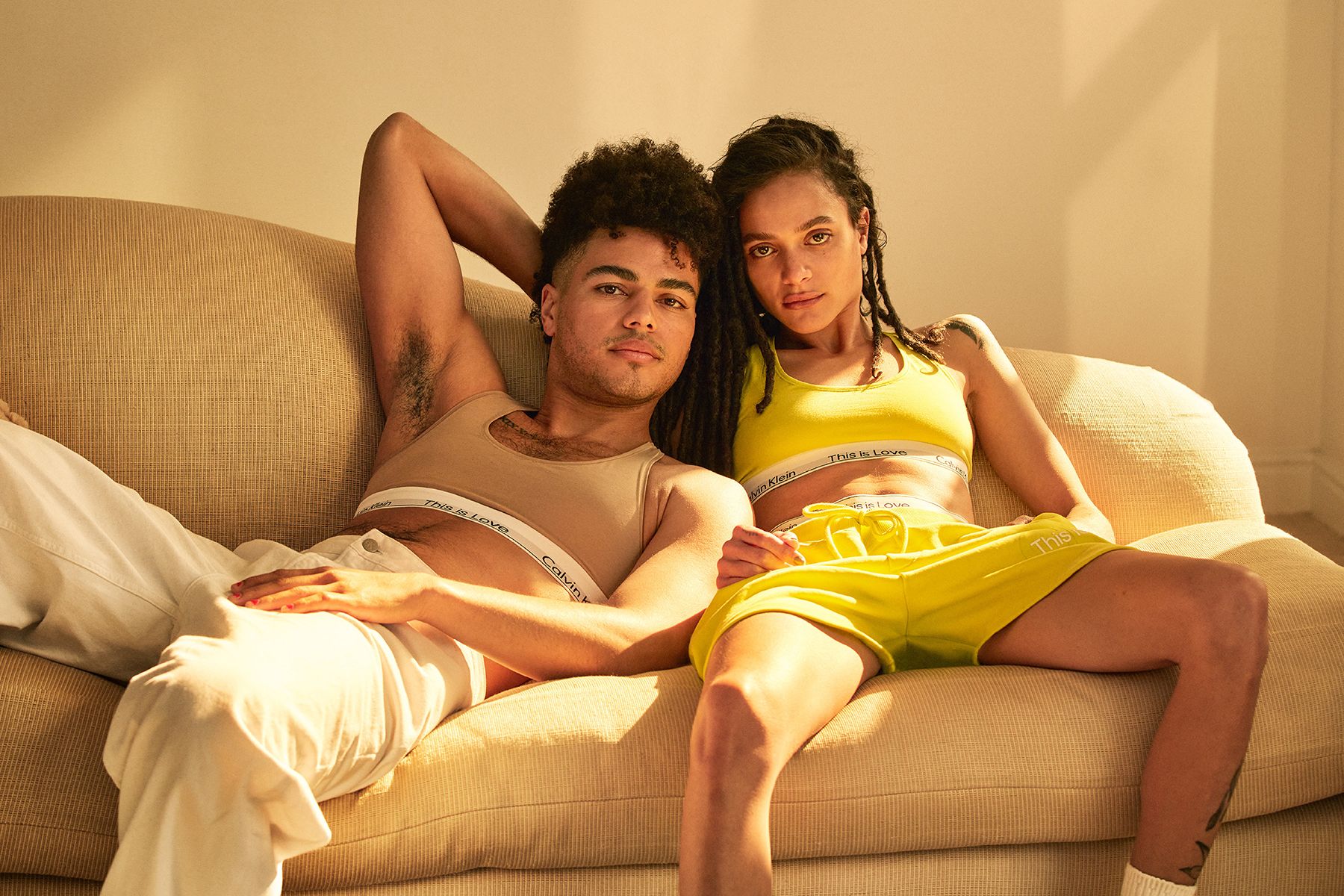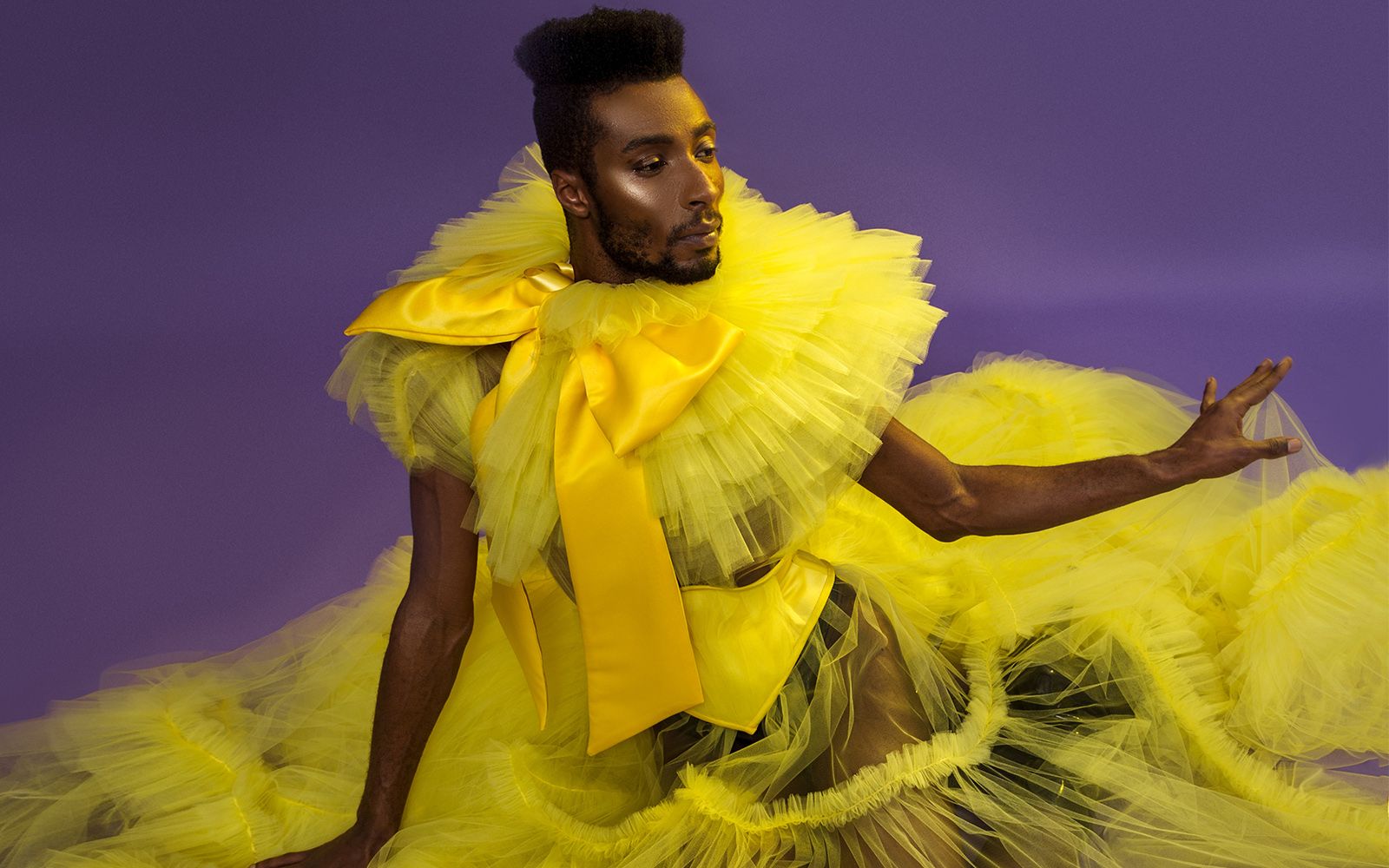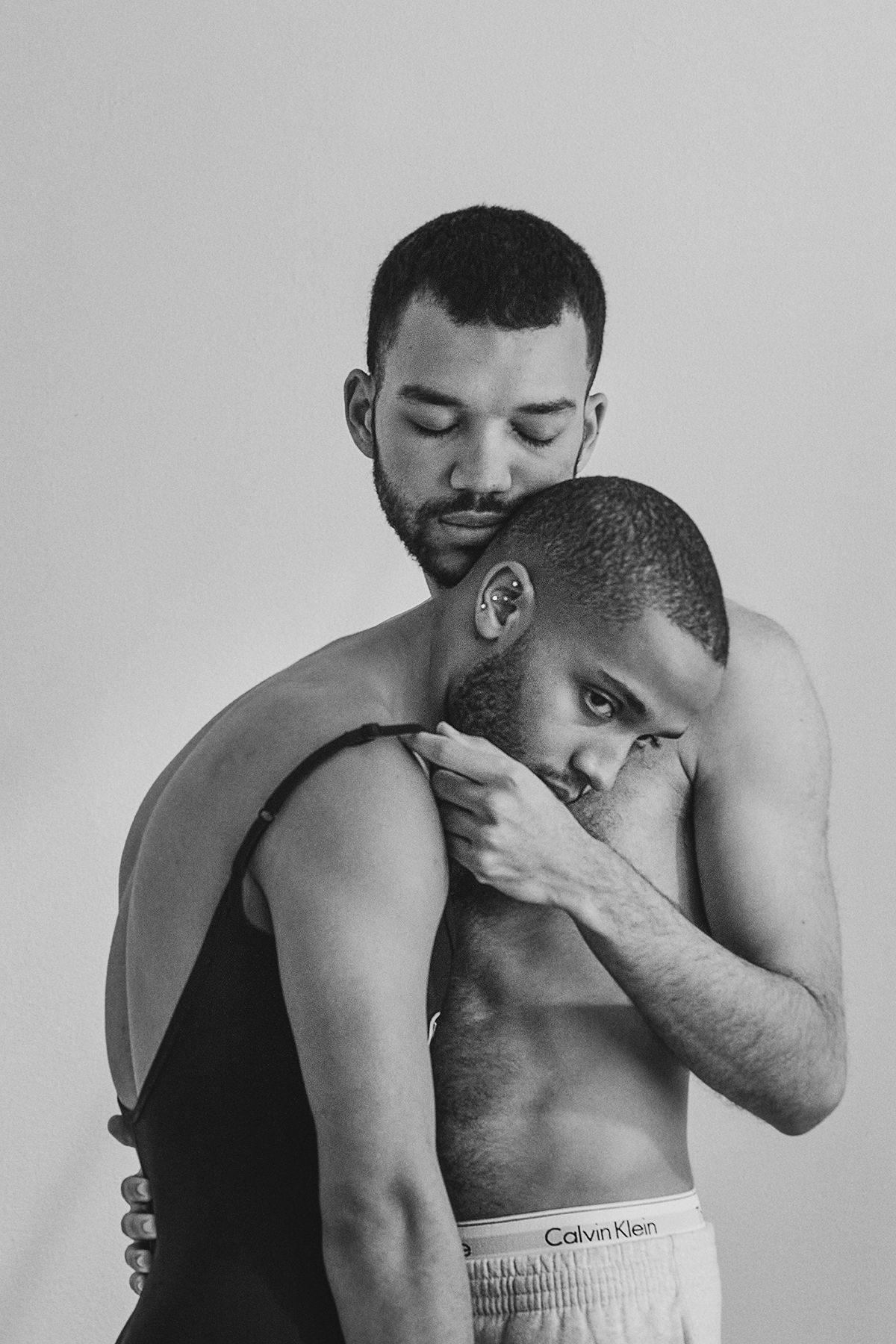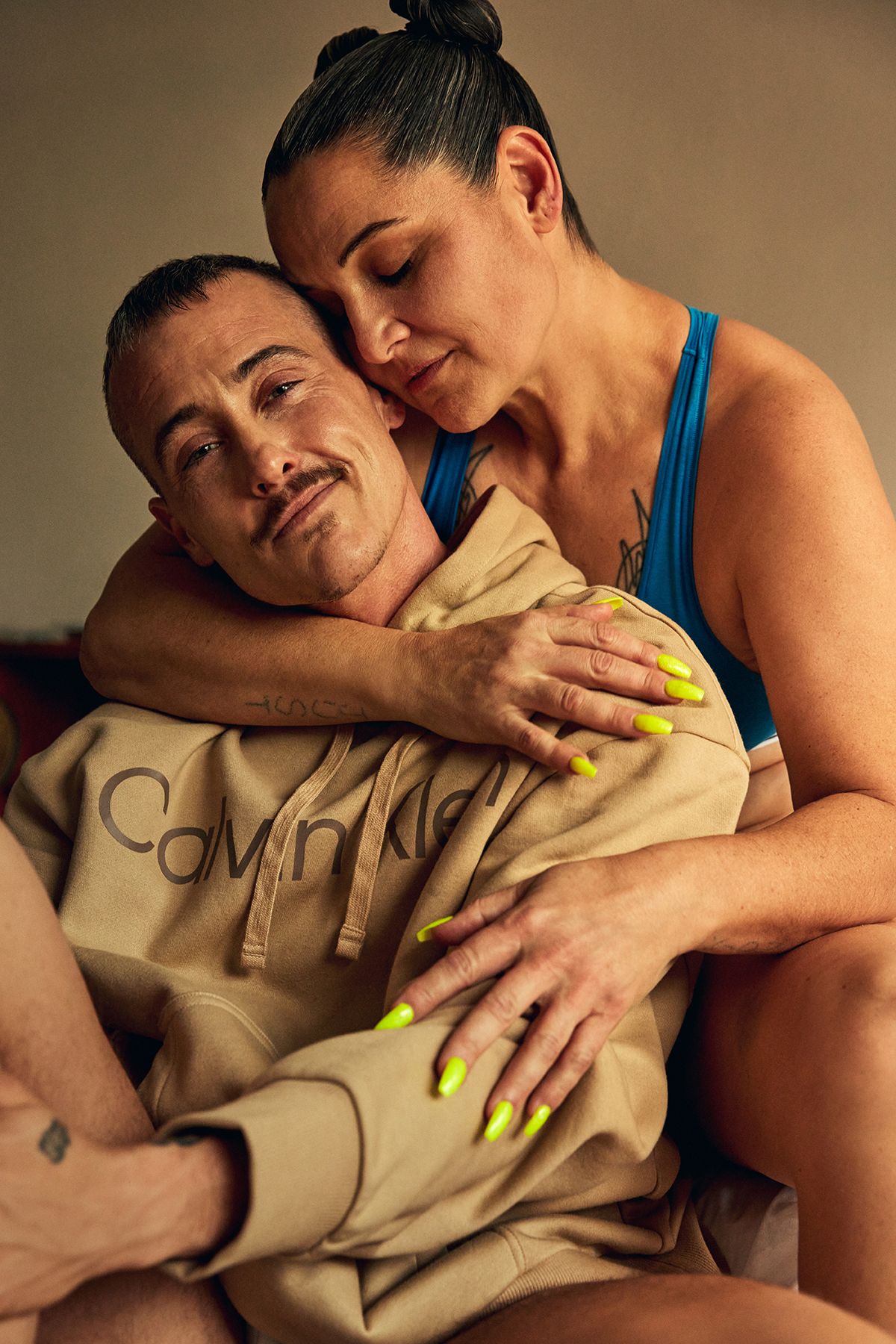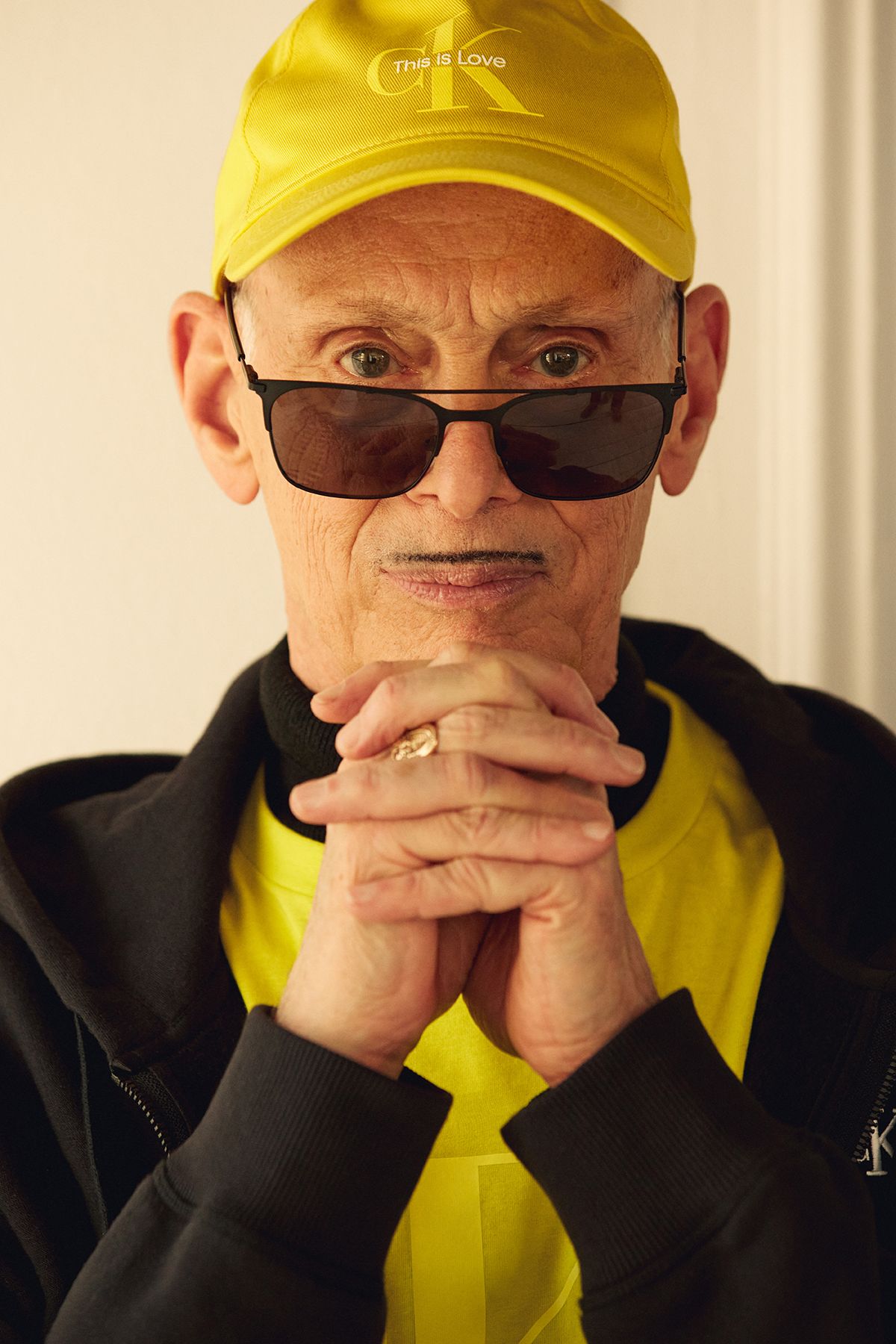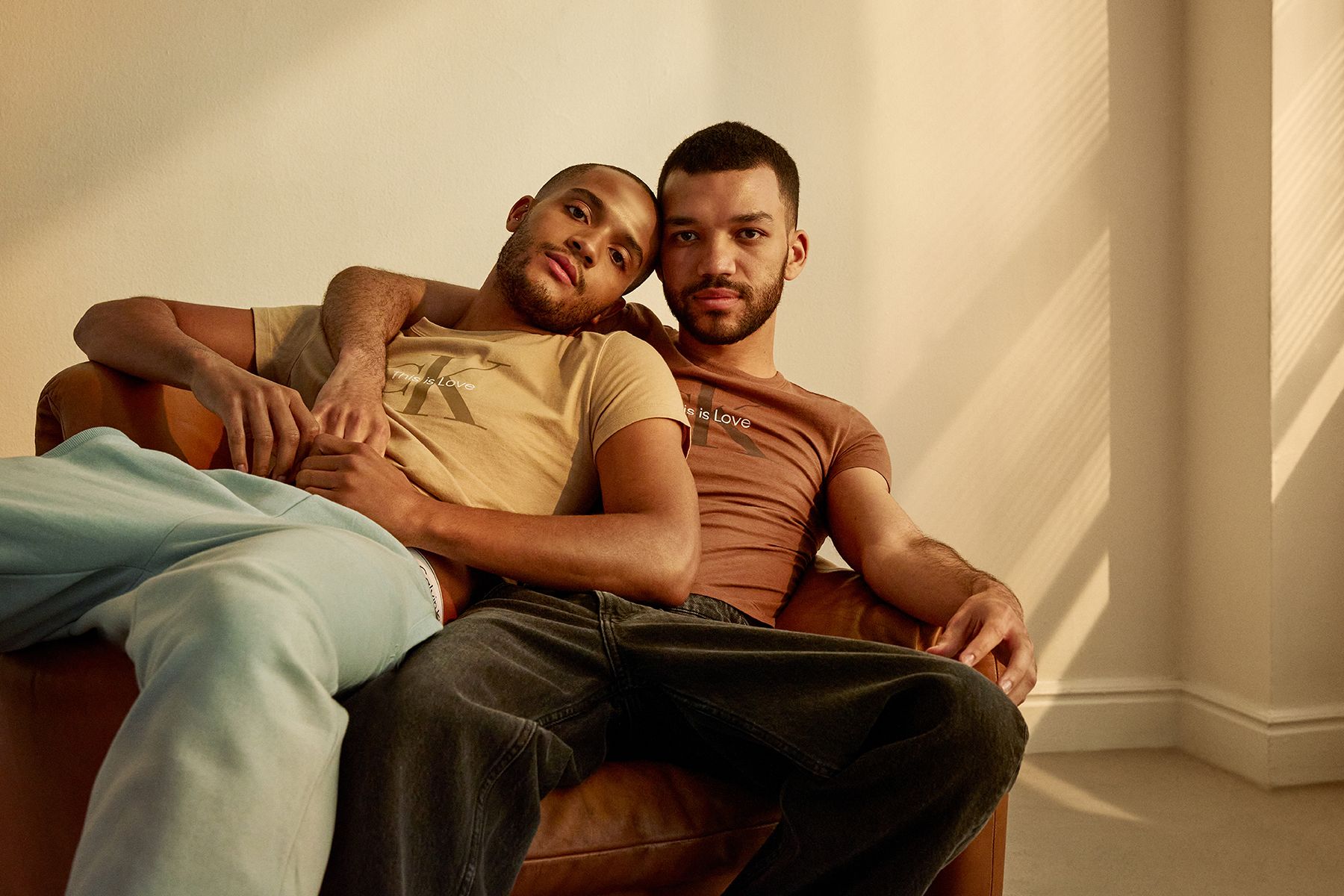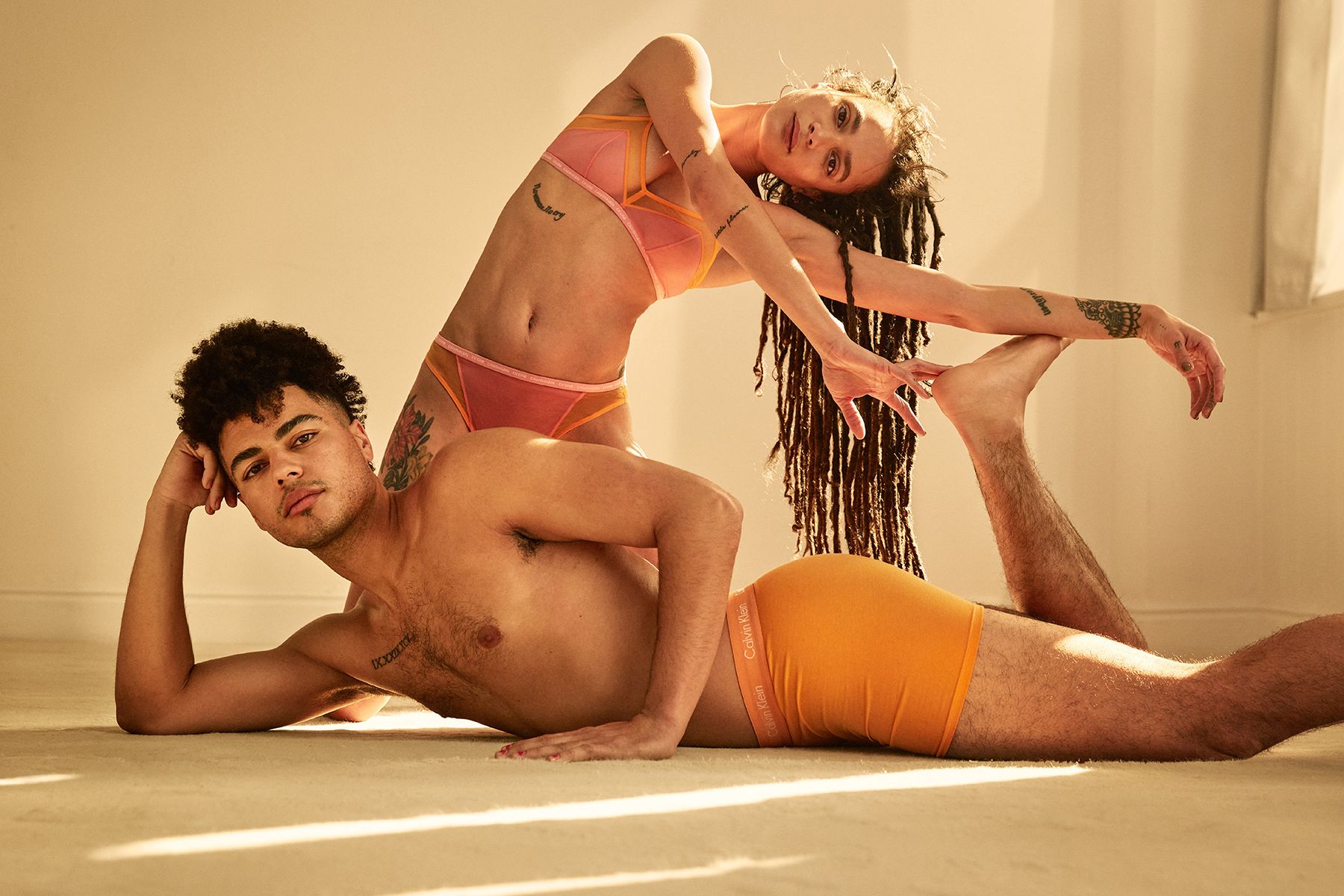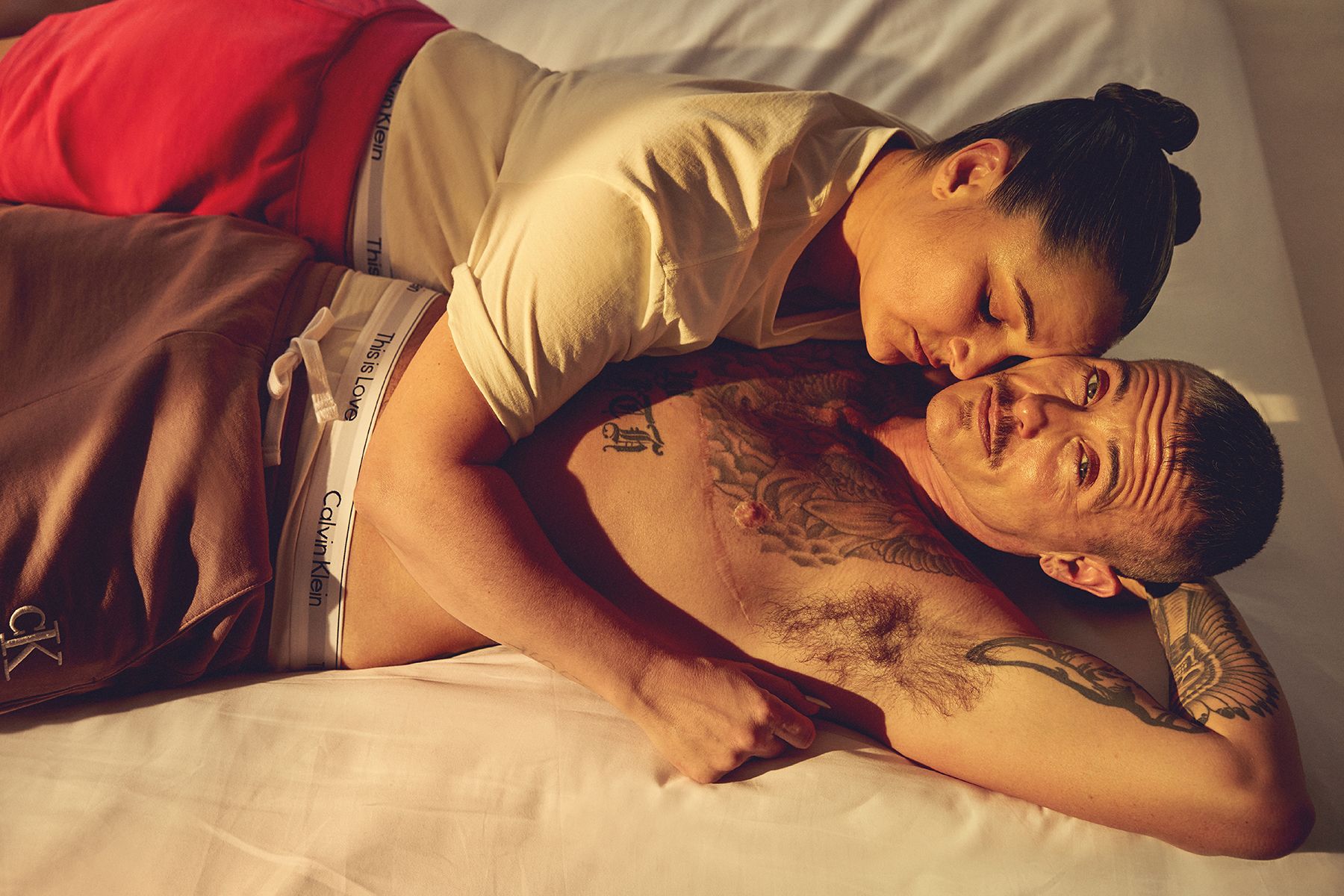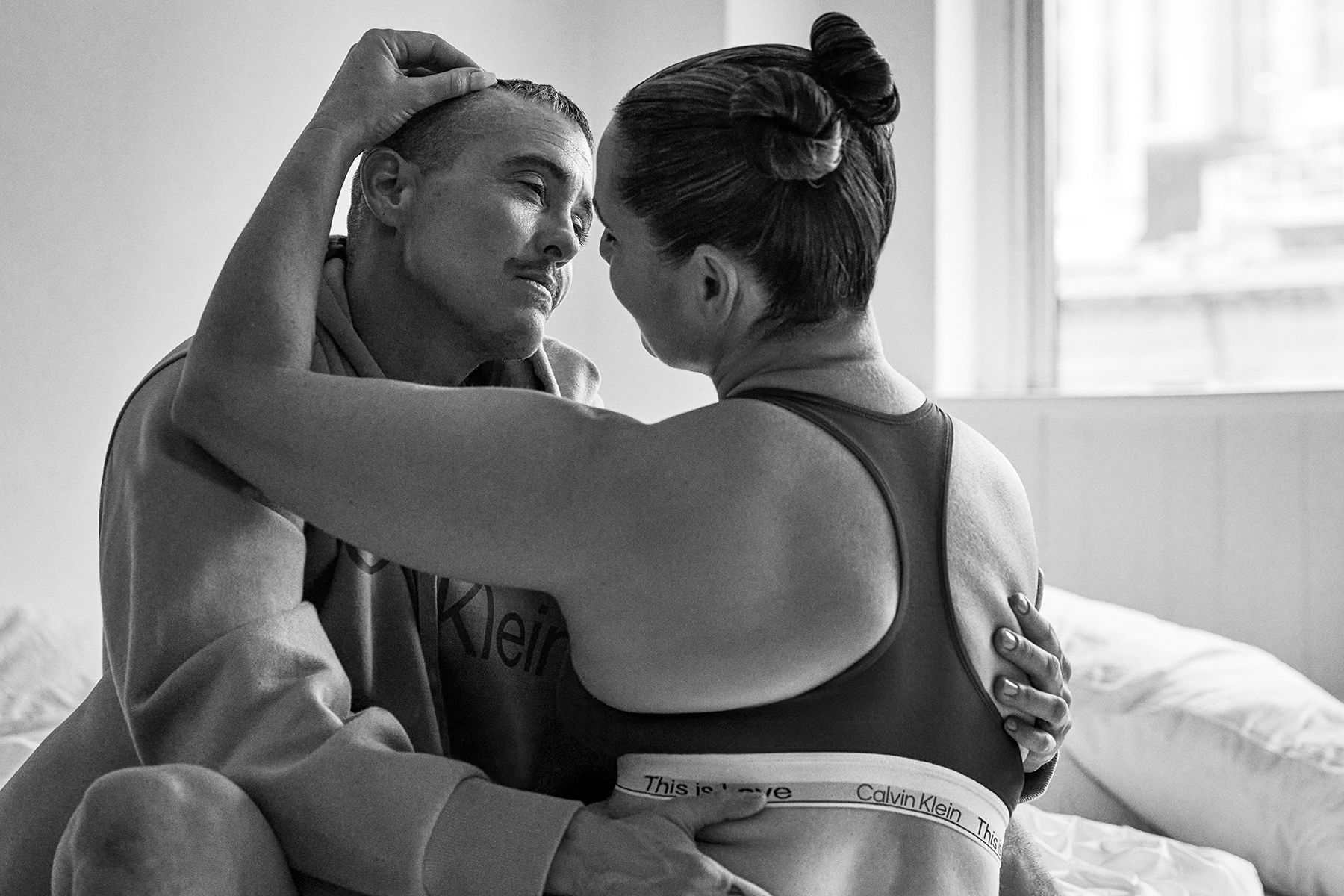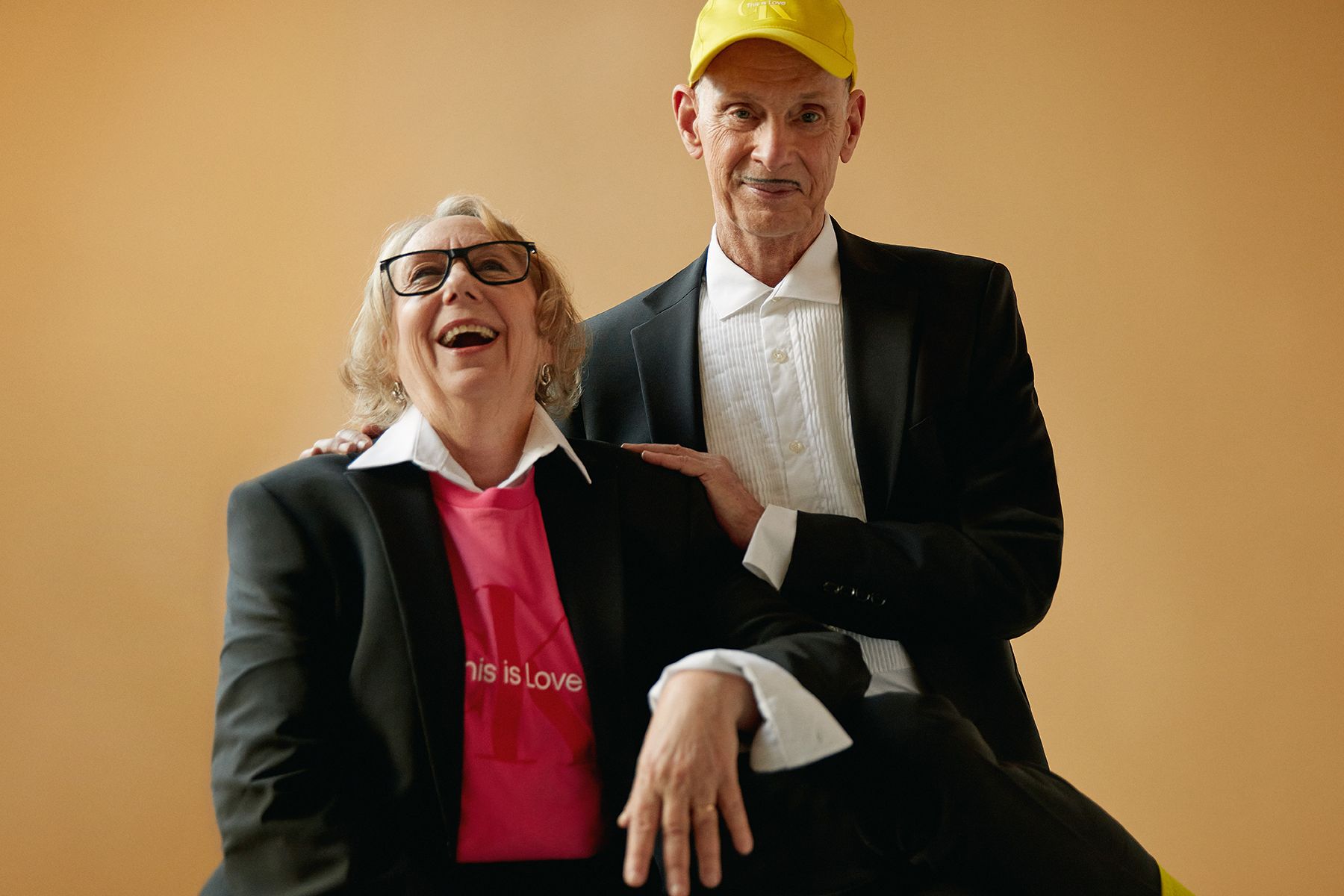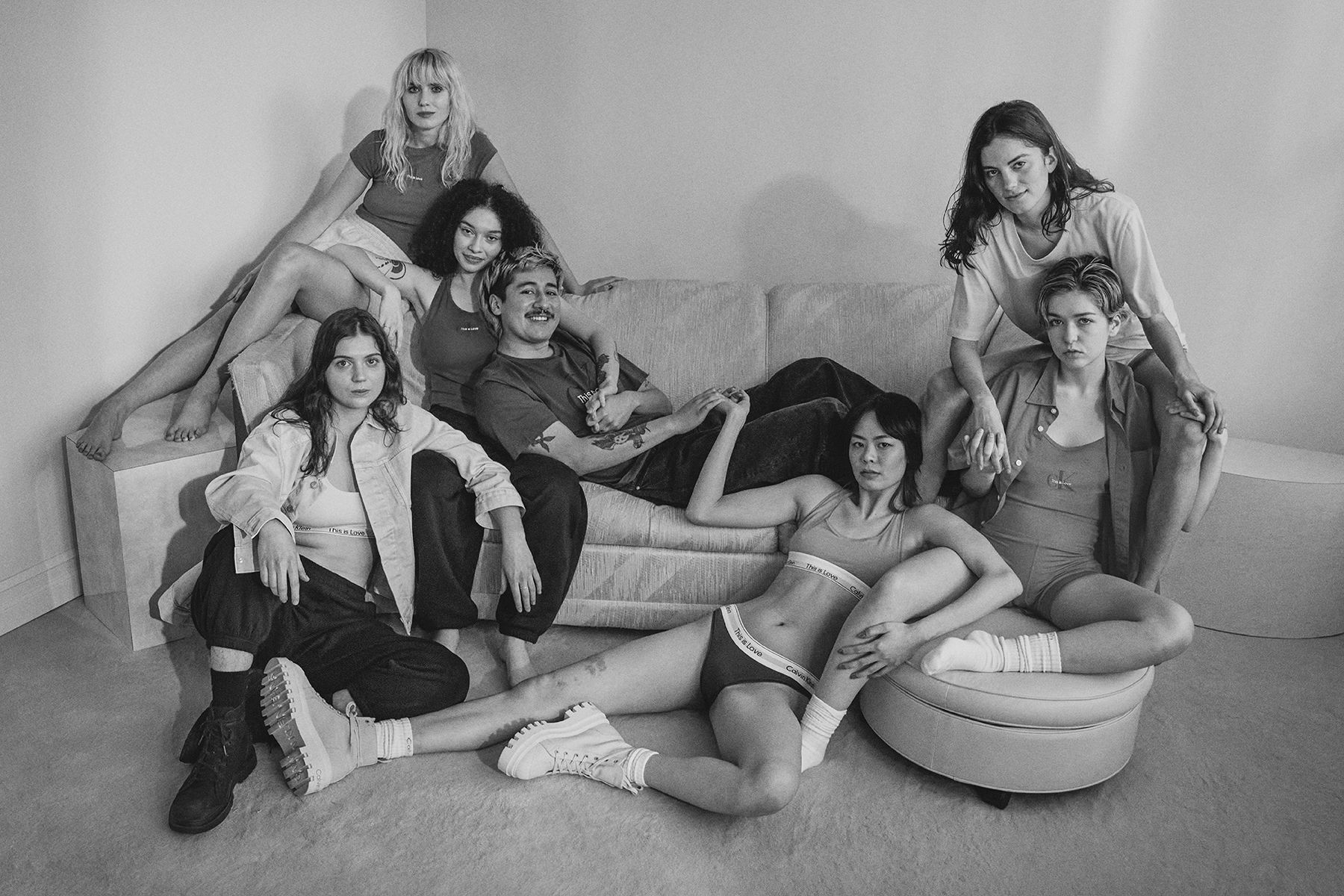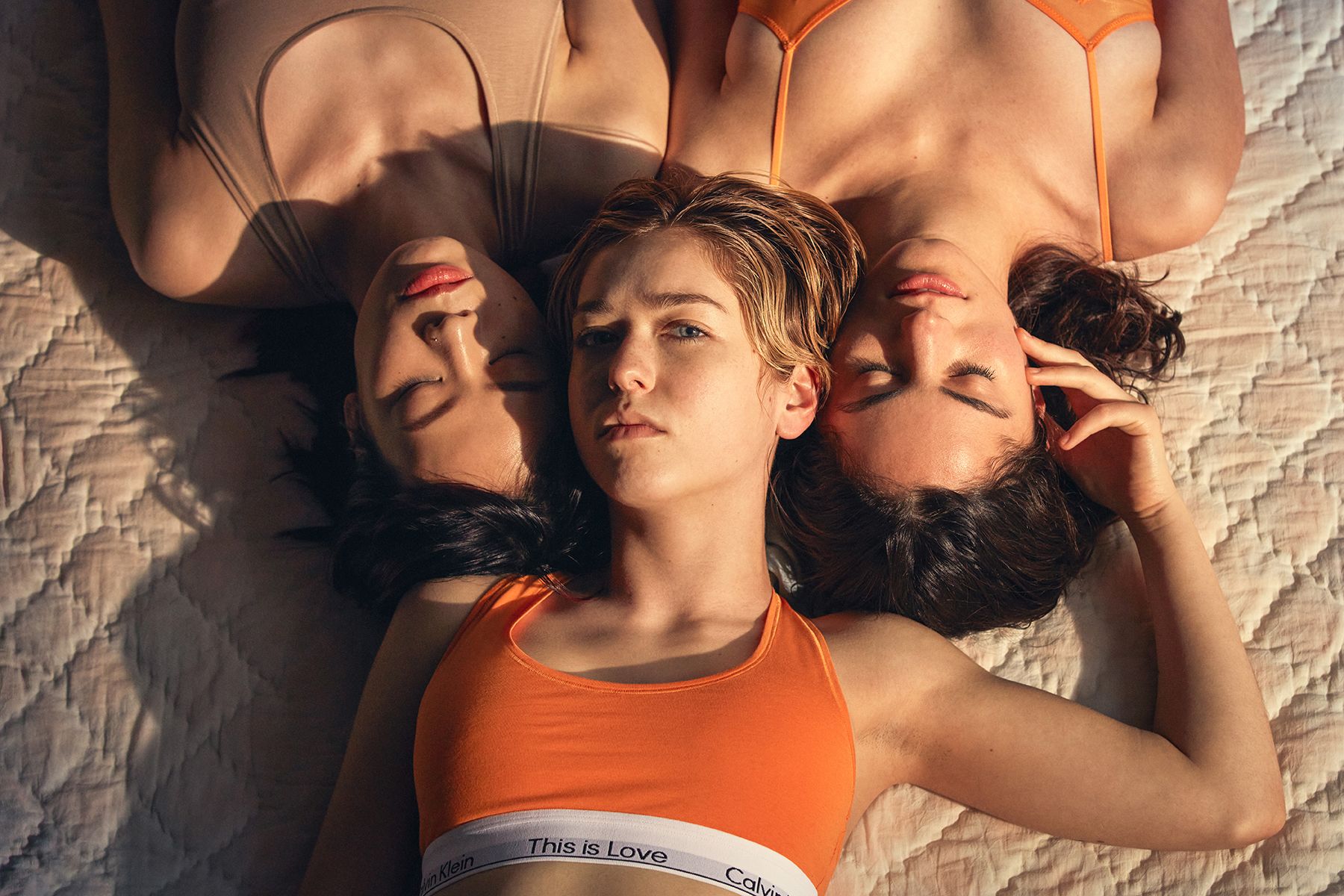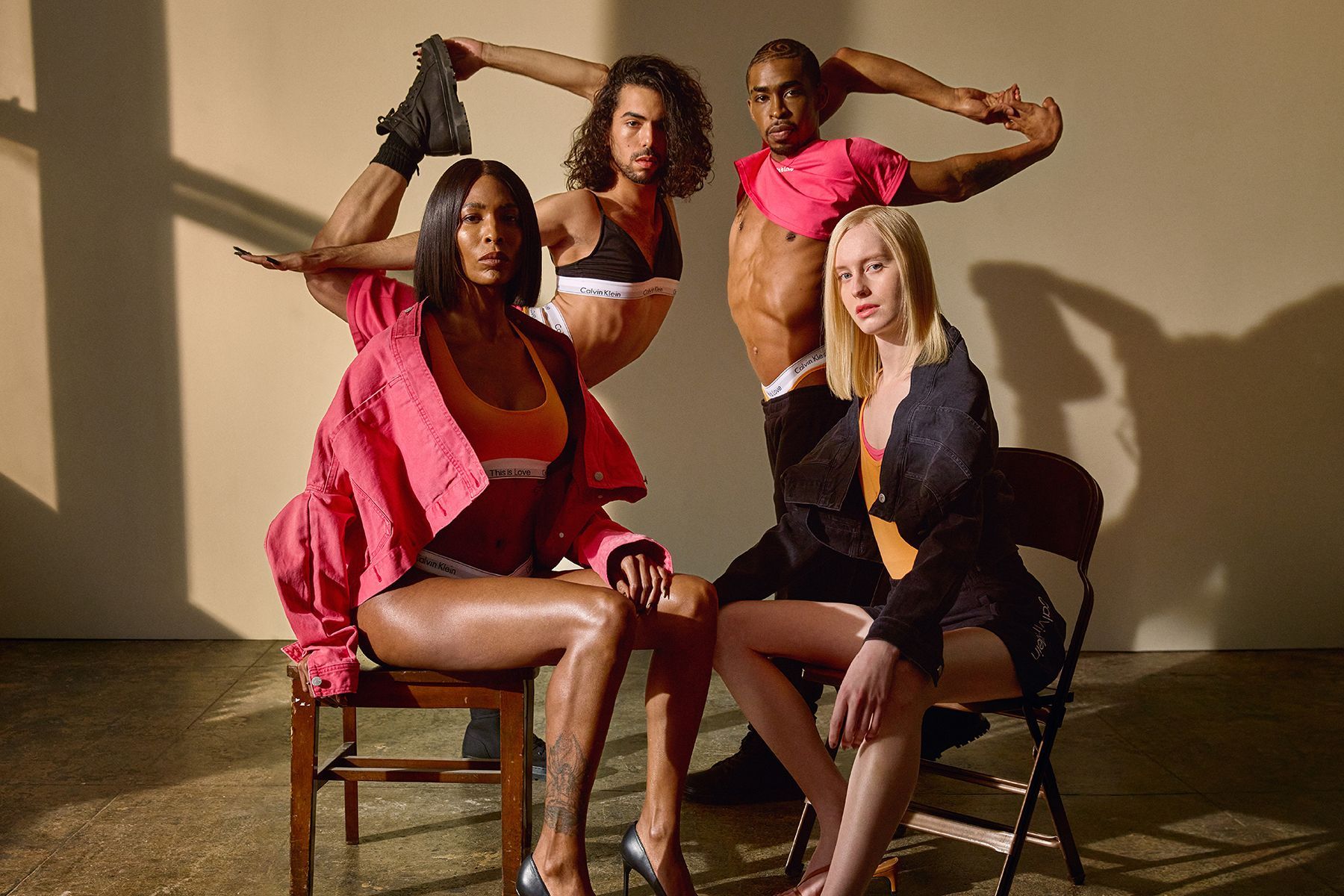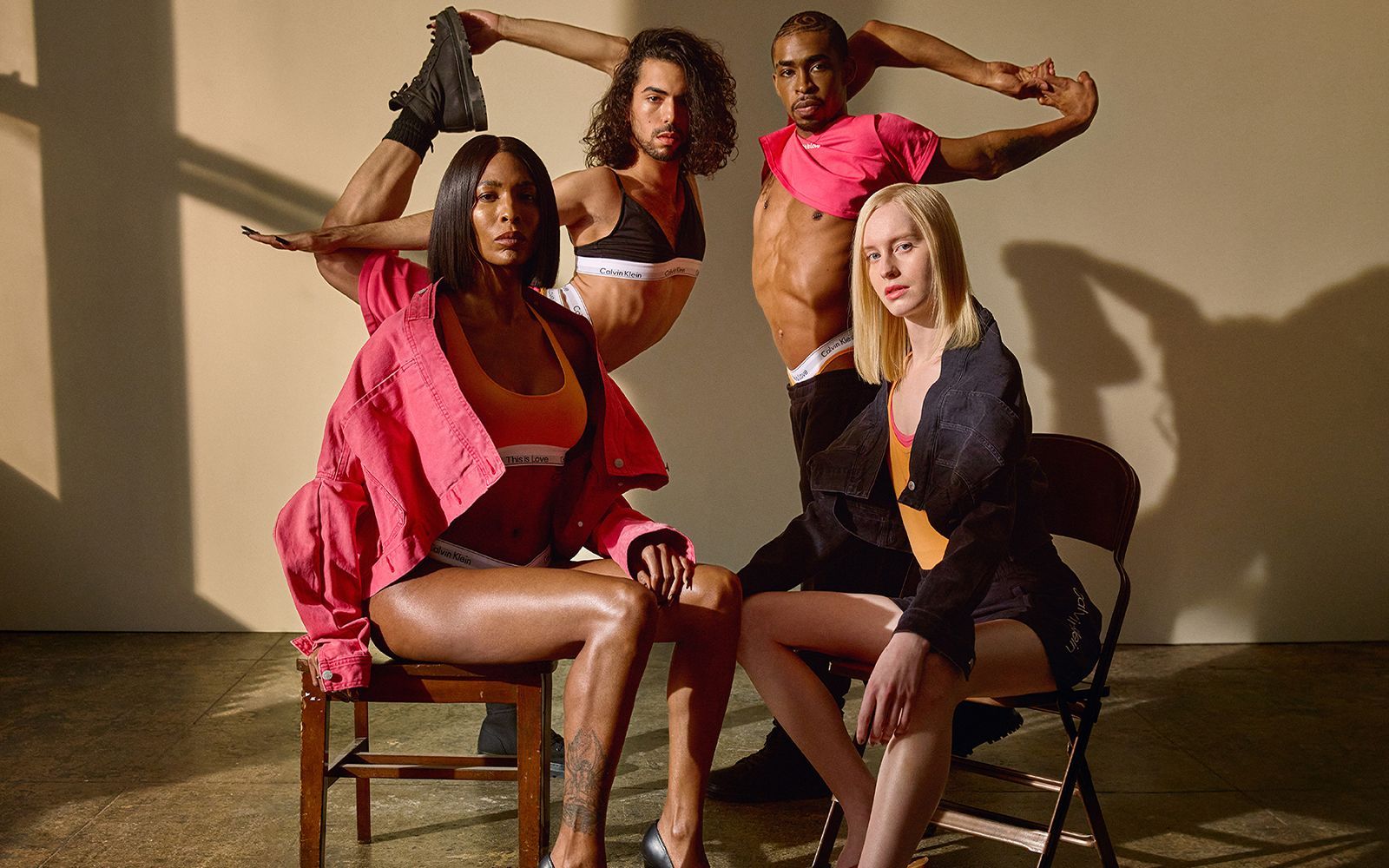
The evolution of the art of voguing From Harlem Renaissance to This is Love event by Calvin Klein curated by nss
Vogue is not just an artistic genre, but a living testimony to the history of the LGBQTIA+ community, its resilience and depth of expression. As one of the earliest forms of celebration of queer identities served in the history of the community to the self-assertion of individuals, voguing demonstrates the intersectional power of differences and how it can generate new forms of love, including for oneself, through movement and the transformative capacities of the body. Evolutions on vertiginous heels in time to the music mixed with obvious expressions and striking poses are characteristic elements of the style also adopted in the performances of FKA Twigs, Rihanna, Ariana Grande and Beyoncè. Before being emulated on prominent stages and taught in dance school classrooms around the world, voguing also had a social significance and a rich underlying rituality, all waiting to be discovered.
Having arrived in pop-culture thanks to artists and TV series, the genre borrows its name from the magazine that set the aesthetic standards in the 1980s, Vogue, and is inspired by the freeze-frames of models immortalised in the glossy pages of magazines, but also by silent films and the hieroglyphics of ancient Egypt. The 'voguers' animated those canonical images with exaggerated moves, in order to create a new language where they could finally see themselves represented, adding pathos and irony seasoned with social criticism against gender differences, to show how they themselves were a form of performance, replicable through make-up and movements. Voguing is structured as a competitive art in which performers challenge each other on the dance floor following a hierarchical pattern and a rich rituality, in which dance collectives, also known as 'houses' or 'families' captained by a leader, the 'mother', compete together to win trophies, destined for those who best express their identity through performance.
Although there already existed safe places such as saloons, cabarets, clubs and private events where queer identities could feel safe from discrimination and danger in a social context where it was dangerous to show oneself, it was with the Harlem Reinassance in the late 1960s that voguing began to appear in ballrooms, dance halls frequented by a thriving LGBTQIA+ black and Latina network that contributed to the evolution and establishment of ballroom culture. In the 1980s, the practice also took on a further social value in the fight against AIDS: it was the Latex Ball, one of the most famous balls in the New York scene, that served as an event to create community awareness in 1989. The 'ballroom culture' emerged from the safe enclaves of the LGBTQIA+ community with the baptism of Madonna, who with the hit 'Vogue' in 1990 epitomised the aesthetic meaning of voguing and celebrated the glamour of voguing rituals and movements on stages all over America with a live performance of the brand in the world-famous The Blonde Ambition Tour, specially selecting dancers from Harlem and that culture for the occasion.
During this period, the documentary film 'Paris is Burning' (1991) immortalised the less glossy reality behind the glitter and tight-fitting jumpsuits, recounting the economic difficulties of many dancers, socially marginalised because of their queerness, but from which emerges the strength of dance as a means of struggle against a society that wants to close its eyes to identities that have the right to be represented. In 2018, it was the series 'Pose' that popularised it again by recounting the social rise of queer people thanks to the liberating practice of voguing with a cast of transgender actors, while during the lockdown it was TikTok with its challenges that kept ballroom culture alive with social distancing. Today, it is collectives such as @houseofextravaganza and @itsatribe that keep voguing alive and the feelings of unconventional love shared by non-biological families and groups belonging to the LGBTQIA+ community that brands such as Calvin Klein aim to highlight in their SS22.
The brand chose voguing as an expressive tool as the theme of one of the special workshops within the This is Love event curated by nss, an event that aims to amplify the voices of the queer community to be held on 30 June at BASE Milano from 17:00 to 23:00, to celebrate love in all its expressive forms. Thanks to Kenjii Benjii, Italian performer of the iconic Juicy Couture collective and first Italian exponent of black and queer culture in the Italian ballroom scene, it will be possible for a limited number of participants to discover the art of voguing with a step-by-step lesson.
REGISTER HERE
to participate in one of the two available workshop slots, from 17:00 to 18:00 or from 18:30 to 19:30, and enjoy the rest of the evening, with the aim of activating a conversation around love, care and community through artistic mediums such as music, art and other creative forms. Celebrating the Italian queer community and love in all its forms there will also be a talk on queer sexuality and its perception in Italy moderated by Jordan Anderson, curator of MQBMBQ and esteemed personality in the Italian queer community, designed to talk about love and learn how to really understand it.




















































